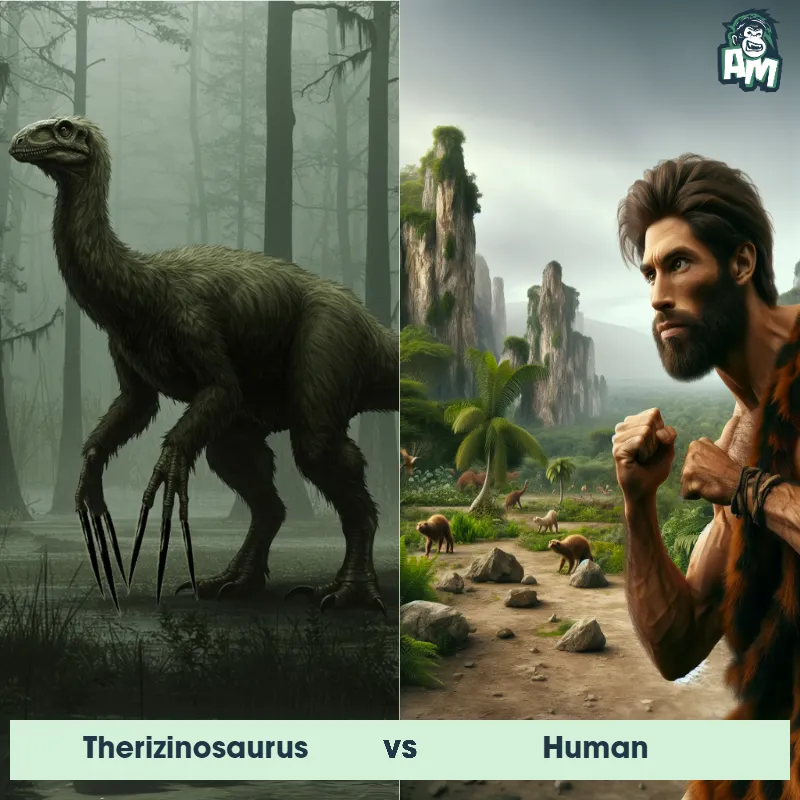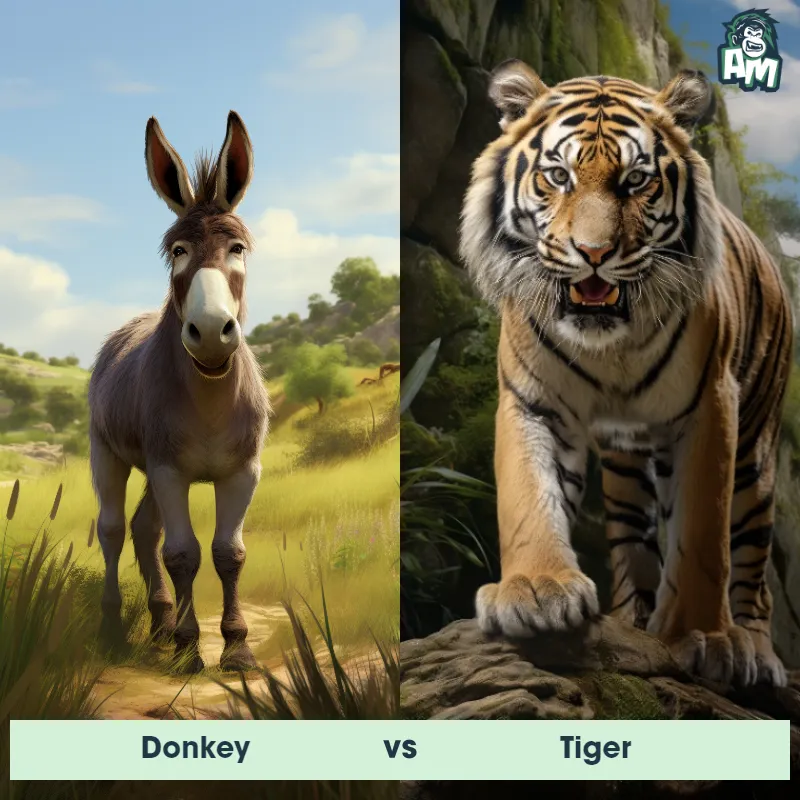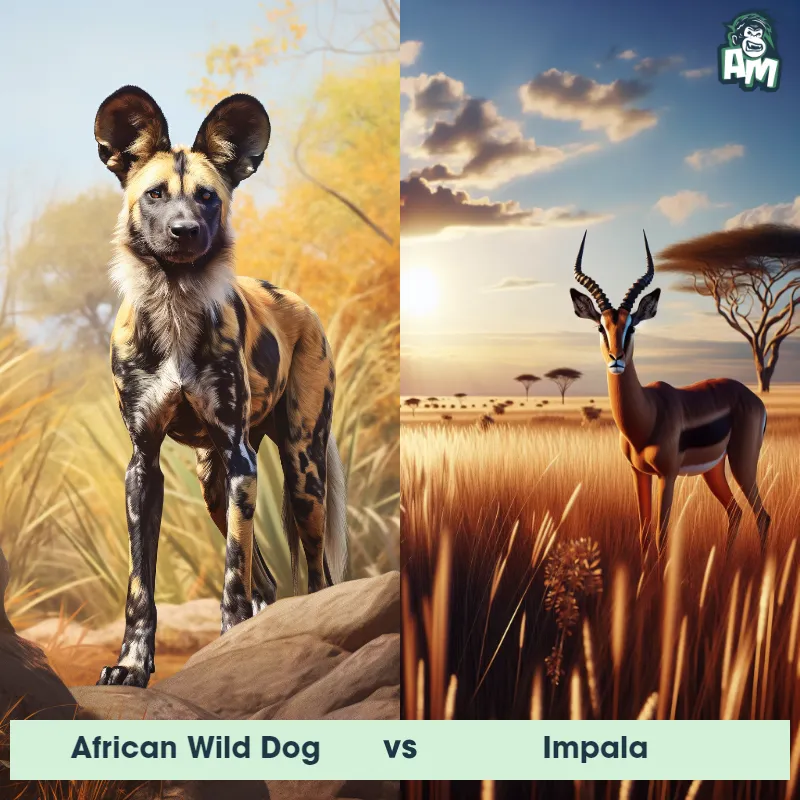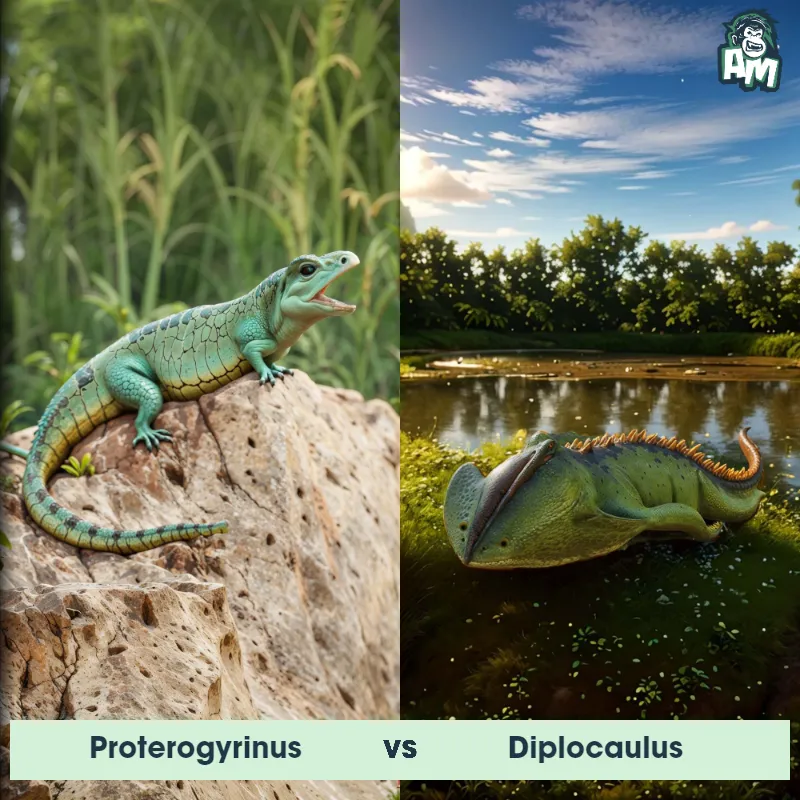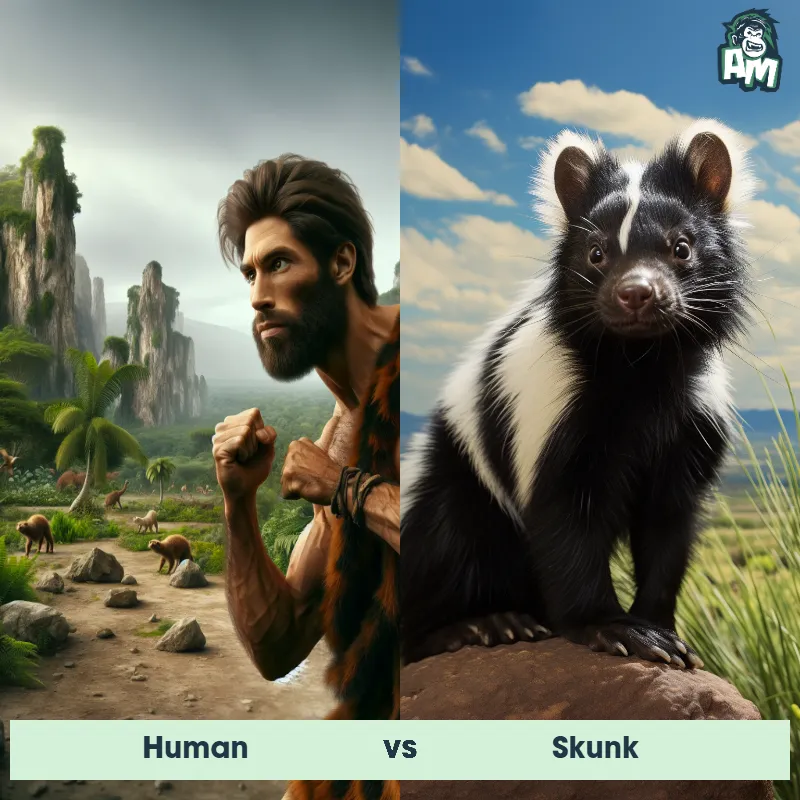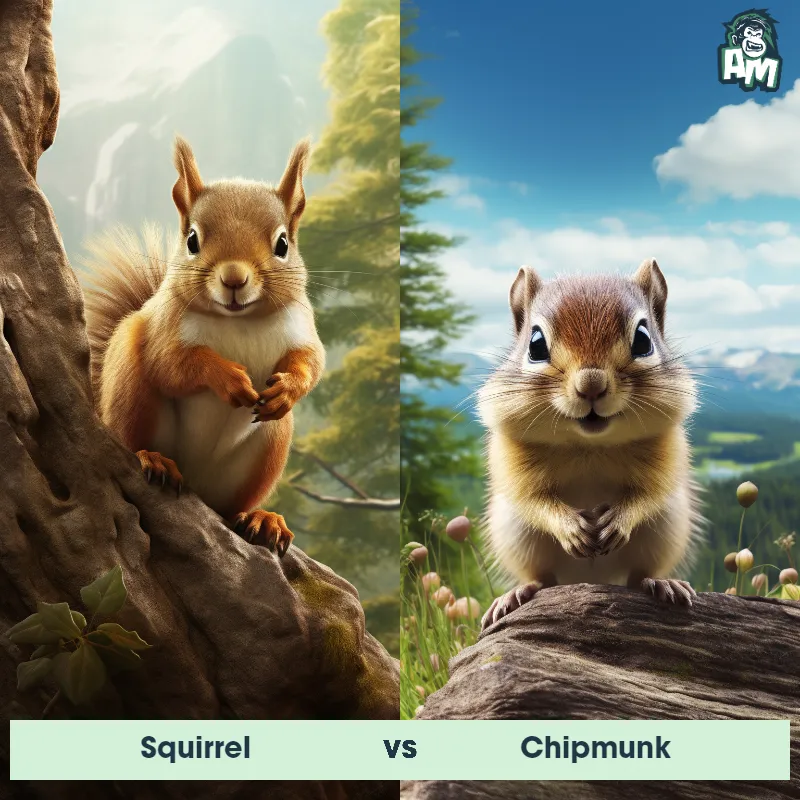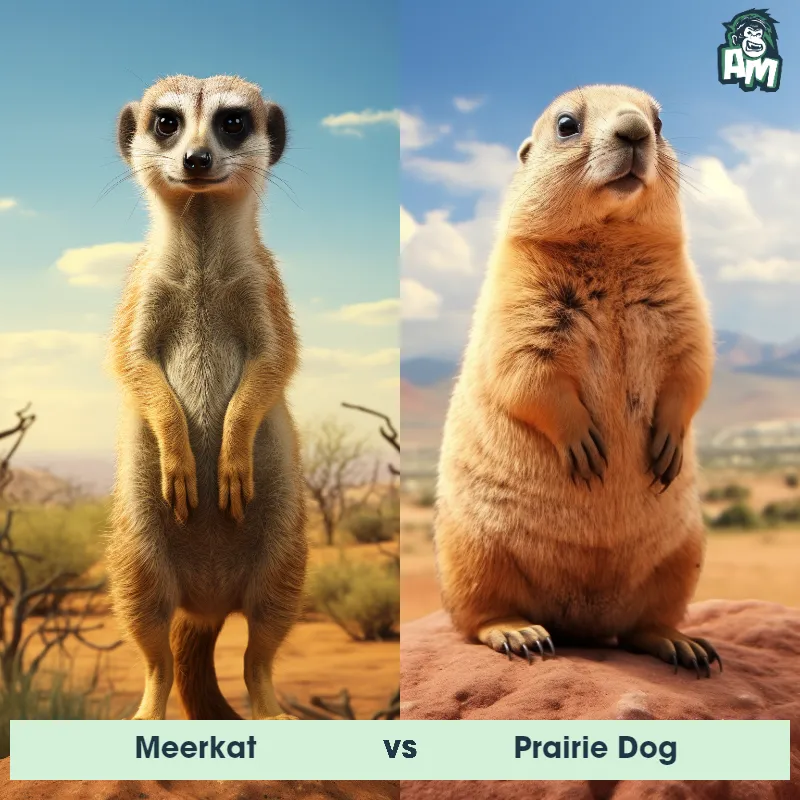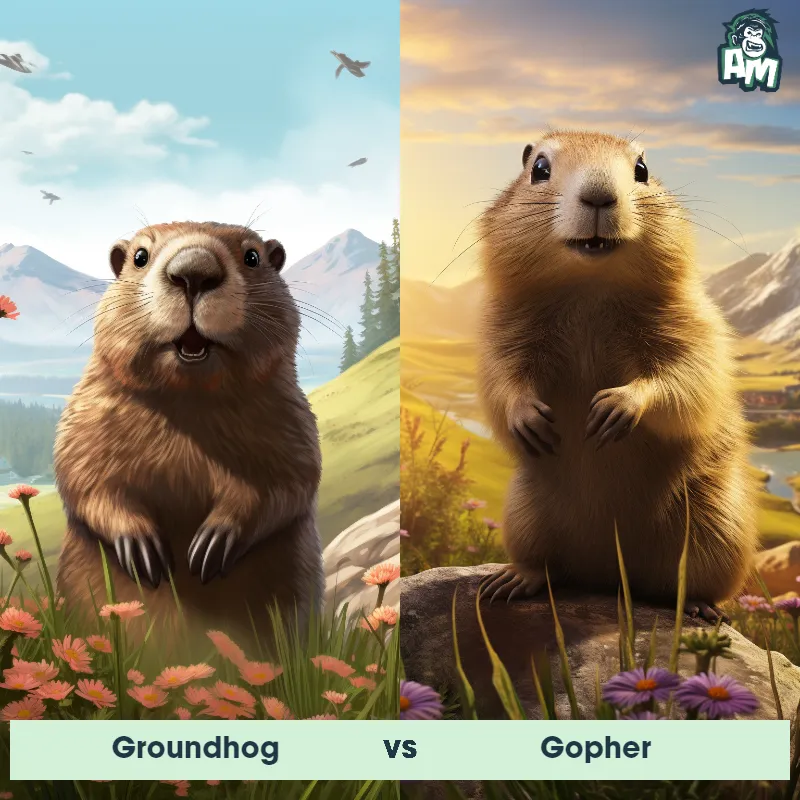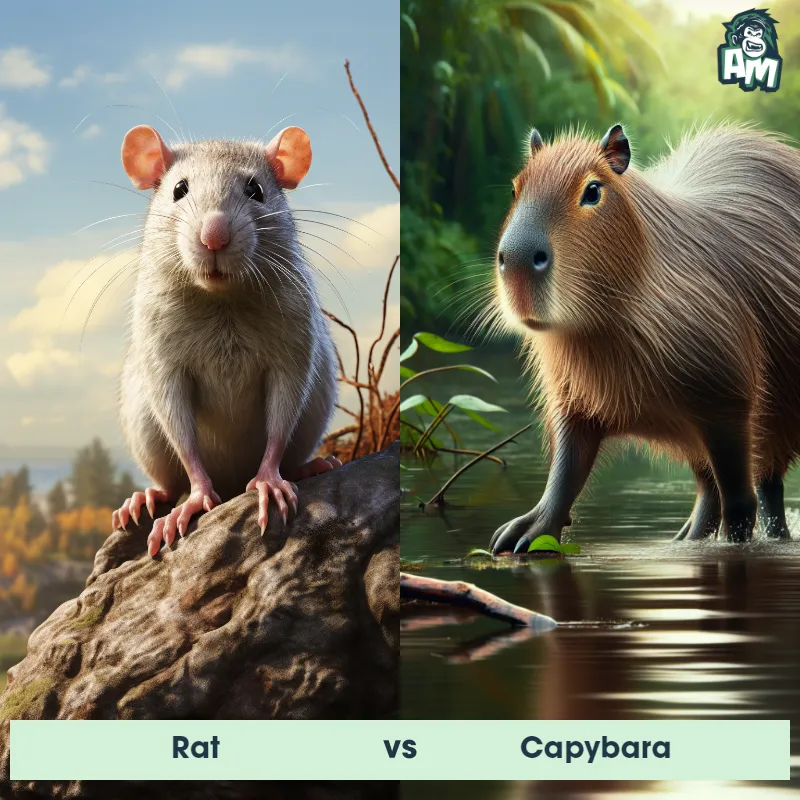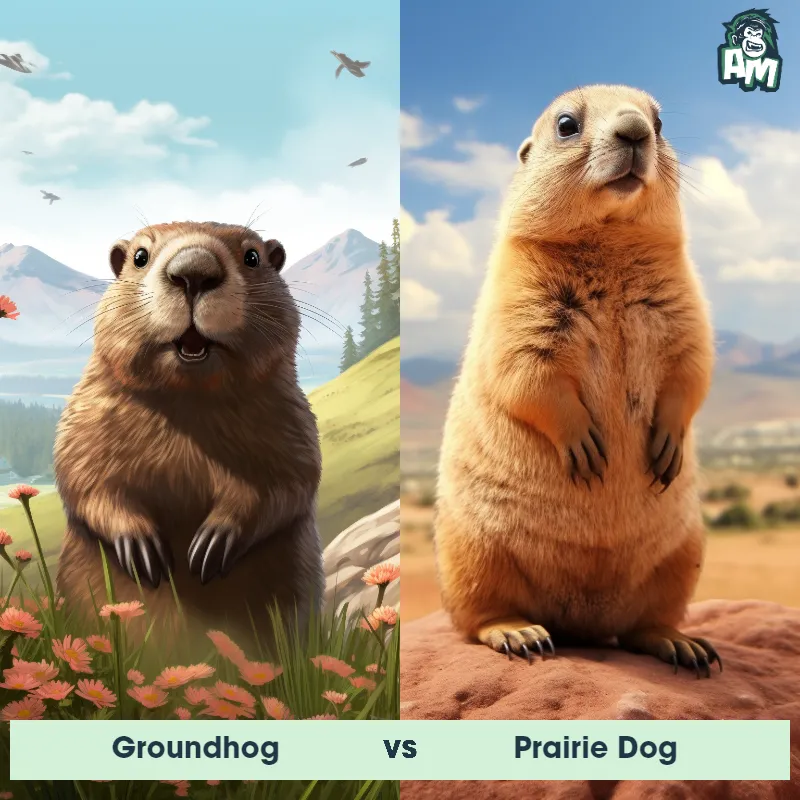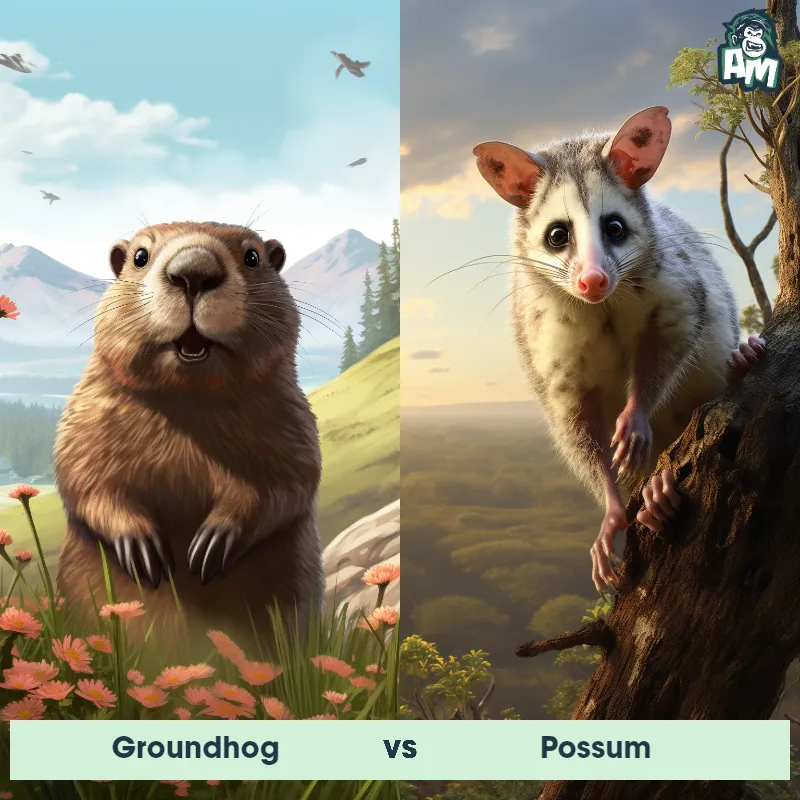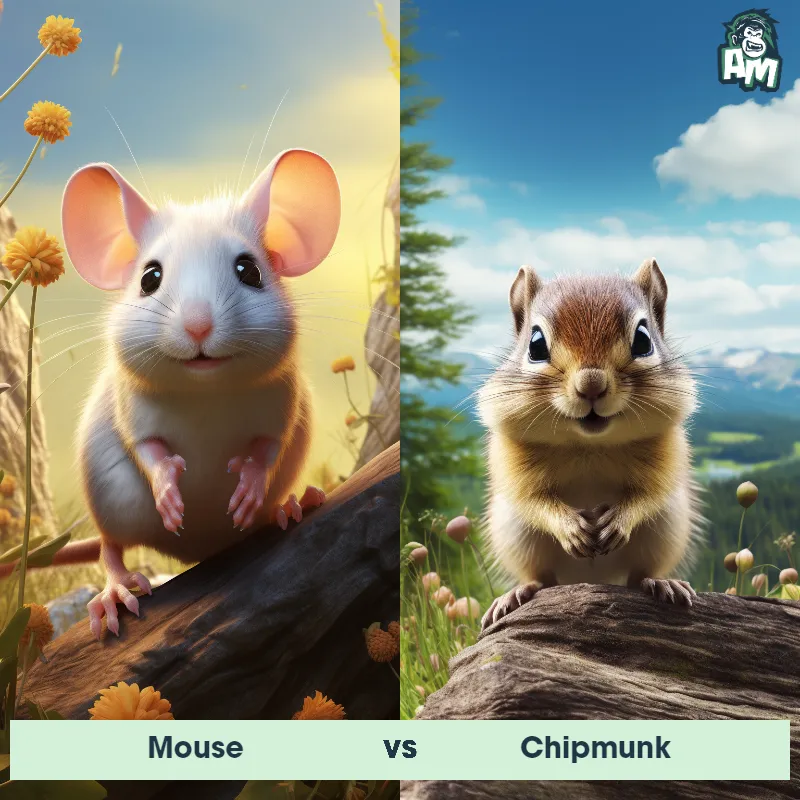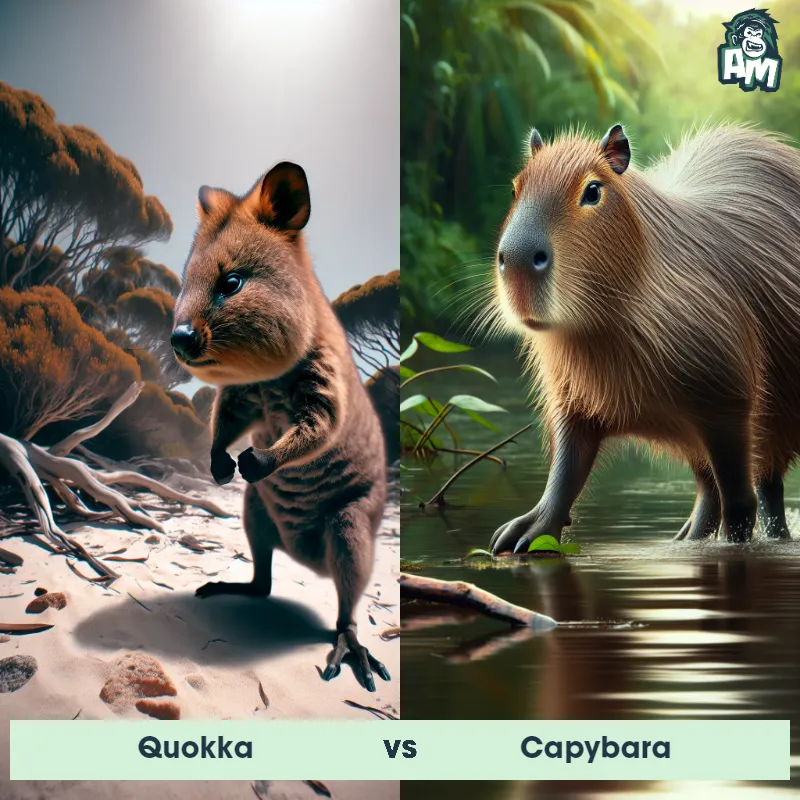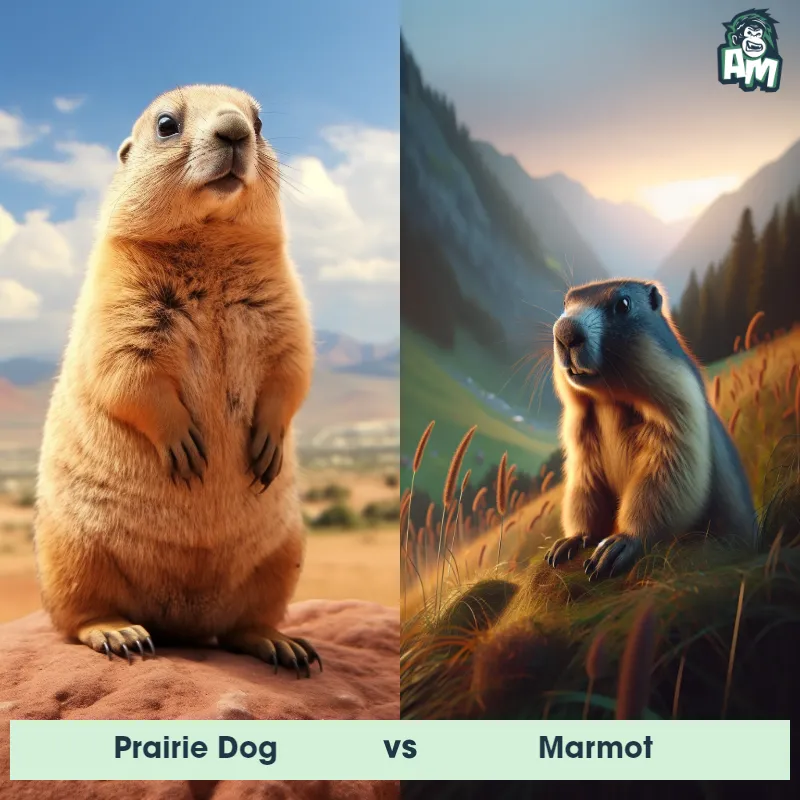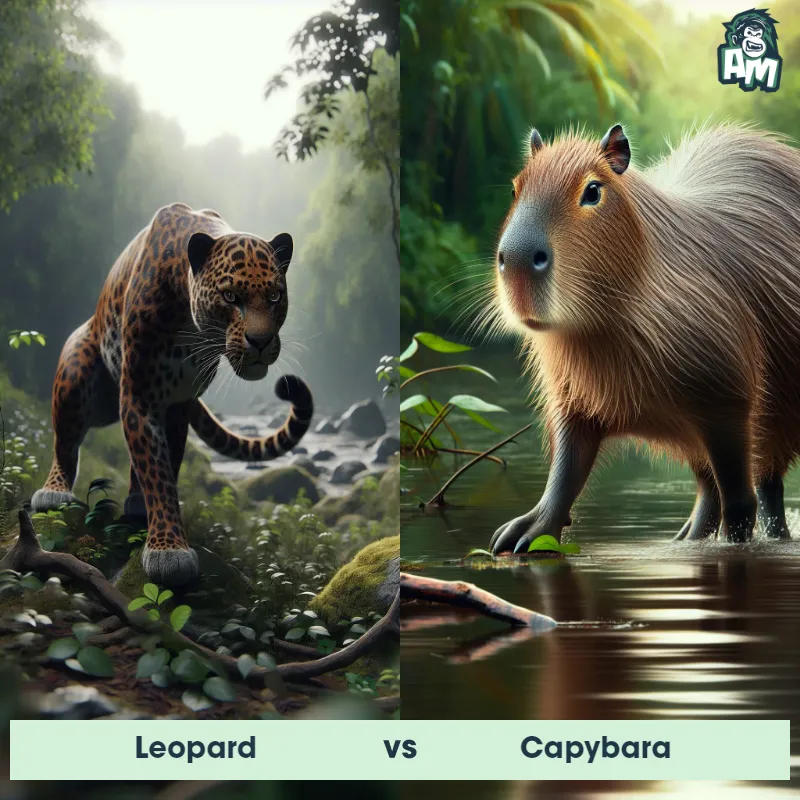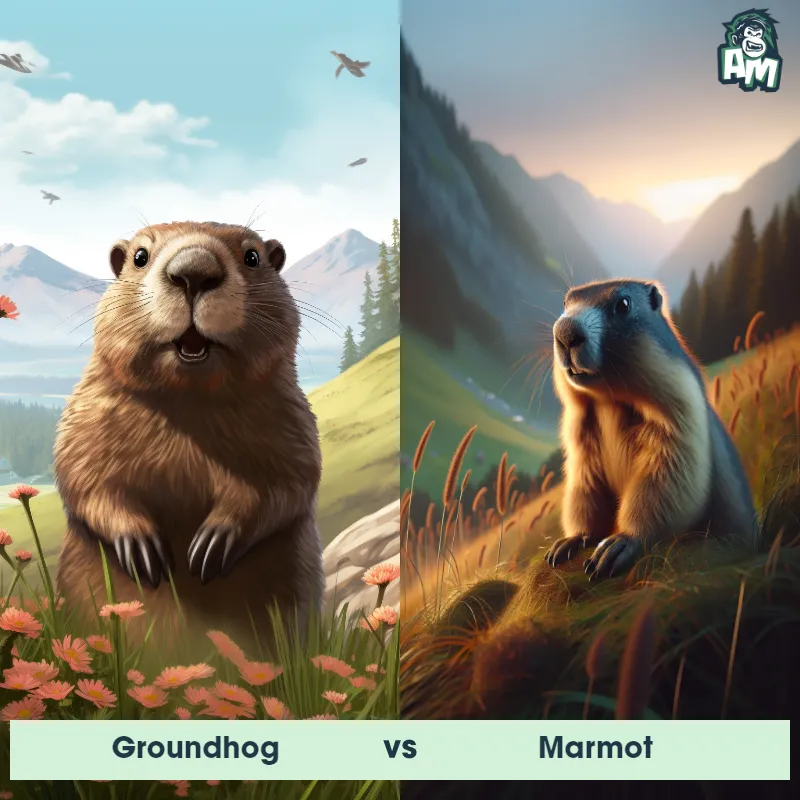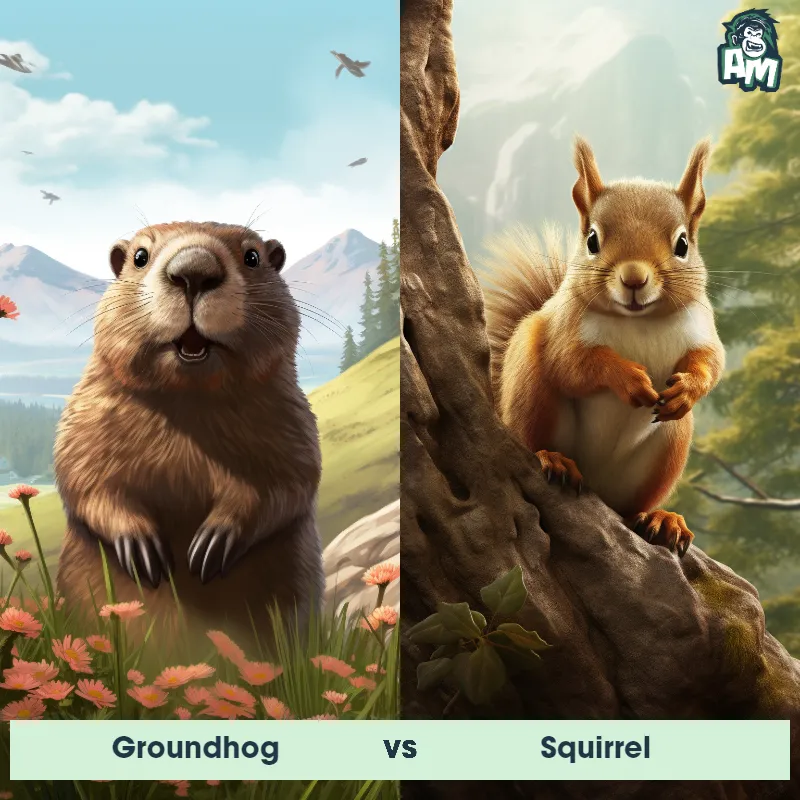Groundhog vs CapybaraSee Who Wins

Ladies and gentlemen, welcome to this thrilling matchup between two incredible creatures in the animal kingdom! Get ready to witness the ultimate battle between a Groundhog and a Capybara. Both of these animals are known for their unique abilities and tactics, making this showdown one not to be missed!
Contender 1: Groundhog
The Groundhog, also known as a woodchuck, is a rodent of substantial size known for its burrowing habits. Groundhogs possess a stout body, weighing up to 14 pounds and measuring up to 26 inches long. They have a grizzled, grayish-brown fur, short ears, a small tail, and sharp claws which are well-adapted for digging. The Groundhog's diet primarily consists of grasses, fruits, and vegetables, and they are often found in meadows, pastures, and along the edges of woodlands.
Fun Fact: Groundhogs are not only skilled diggers but also efficient swimmers and climbers, surprising traits for their seemingly clumsy build.
Contender 2: Capybara
The Capybara, also known as Hydrochoerus hydrochaeris, is the largest rodent in the world. They are native to South America and are semi-aquatic creatures that spend a significant amount of time in water. Capybaras have a stocky, barrel-shaped body with a short head, small ears, and eyes positioned high on their head. They have webbed toes and can even close their ears and nostrils when fully submerged. Closely resembling a giant guinea pig, they have short, coarse fur that can vary in color from reddish-brown to gray, and their front teeth continue to grow throughout their lifespan.
Fun Fact: A fascinating fact about Capybaras is that they are highly social animals and are known to form close-knit family groups. They live in large herds of up to 100 individuals, comprising several adult males, females, and offspring. These herds have a hierarchical structure, with a dominant male leading the group and defending his territory and harem of females.
Matchup Stats
| Groundhog | Capybara | |
|---|---|---|
| Size | Up to 26 inches long (66 cm) | About 1.2 meters (3.9 feet) in length |
| Weight | Up to 14 pounds (6.35 kg) | Around 50-65 kilograms (110-143 pounds) |
| Speed | 12 mph (19 km/h) | 22 mph (35 km/h) |
| Key Strength | Sharp claws for digging and defense | Powerful jaws and strong legs for defense |
| Biggest Weakness | Stout body, not built for speed | Less agile on land compared to in water |
Current Votes
Groundhog vs Capybara
See Who Wins
View More Matches
Looking For More?
Similar Matches
Scientific Stats
| Groundhog | Capybara | |
|---|---|---|
| Scientific Name | Marmota monax | Hydrochoerus hydrochaeris |
| Family | Sciuridae | Caviidae |
| Habitat | Meadows, pastures, and edges of woodlands | Semi-aquatic, found in wetlands and grassy areas near water bodies. |
| Geography | North America | Native to South America, specifically found in countries such as Brazil, Venezuela, Colombia, and Argentina |
| Diet | Grasses, fruits, and vegetables | Herbivorous, primarily feeding on grasses and aquatic plants. |
| Lifespan | 3 years - 6 years | 10 years - 12 years |
Key Differences between Groundhog and Capybara
- Body proportions: Groundhogs have a chunky, compact body with short legs, whereas Capybaras have a more elongated body and longer legs, making them appear more slender in comparison.
- Tail shape: Groundhogs have a short, bushy tail that is flattened on the sides, while Capybaras possess a slender, cylindrical tail that is notably longer in proportion to their body size.
- Facial features: Groundhogs have a round, chubby face with small eyes and ears, while Capybaras have a more elongated face with large, rounded eyes and ears positioned higher on the head.
- Fur texture: The Groundhog features a dense, coarse fur that appears spikey, while the Capybara possesses a short, bristly fur that is noticeably smoother to the touch.
- Size: The Capybara is notably larger than the Groundhog, with adults weighing between 77 and 146 pounds, while Groundhogs typically weigh between 4 and 13 pounds.
- Coloration: Groundhogs are predominantly brown with a reddish tint, whereas Capybaras have a brownish-gray fur, sometimes with a yellowish hue, giving them a camouflaging effect in certain environments.





